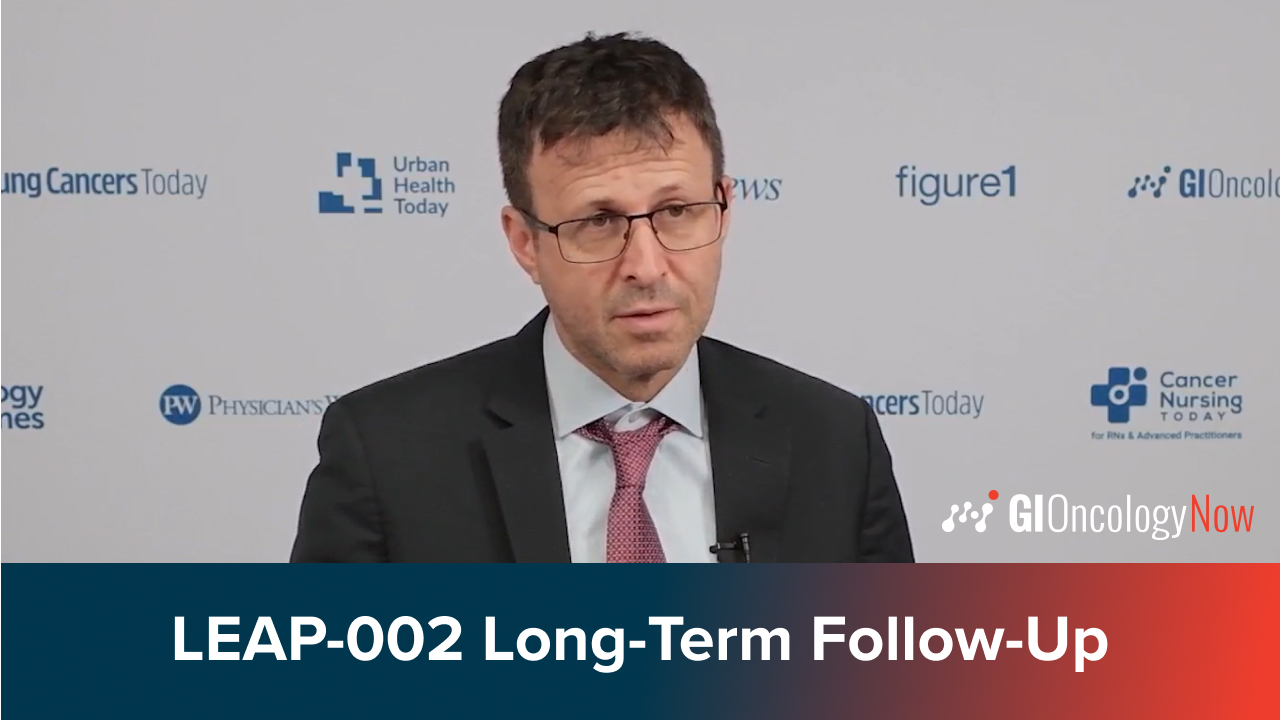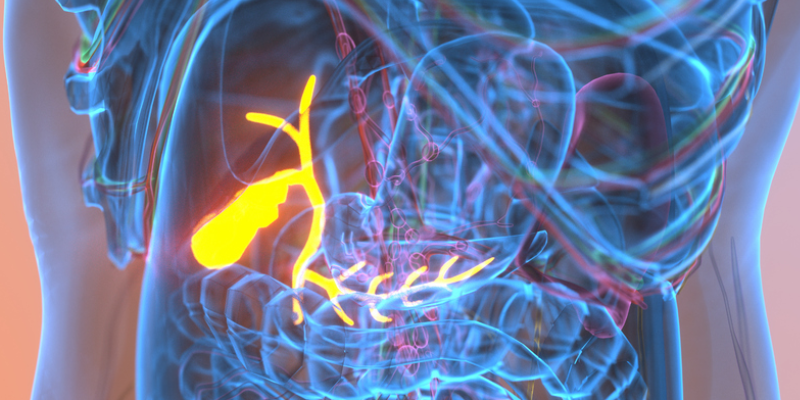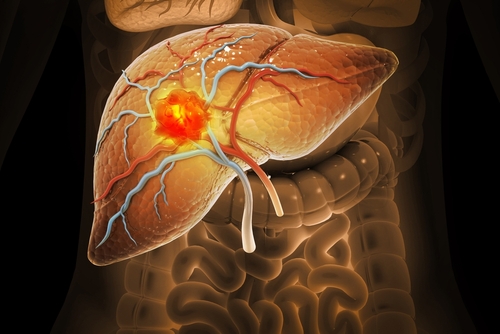
A recent study examined the rising trajectory of hepatocellular carcinoma (HCC) mortality rates in the United States, highlighting stark disparities across age, sex, race, and liver disease etiologies. Conducted as a cross-sectional study, the analysis encompassed over 188,000 HCC-related deaths from 2006 to 2022, with projections extending to 2040. The findings underscore the growing public health challenge posed by liver cancer, particularly due to alcohol-associated liver disease (ALD) and metabolic dysfunction–associated steatotic liver disease (MASLD).
Liver Cancer Causes
HCC, a leading cause of liver cancer deaths globally, has historically been associated with hepatitis B (HBV) and hepatitis C (HCV) infections. Advances in preventive measures, such as HBV vaccines and direct-acting antivirals for HCV, have resulted in declining mortality rates from viral hepatitis-related HCC. However, the study reveals that ALD and MASLD have emerged as the primary drivers of HCC mortality.
By 2022, MASLD surpassed HBV as the third-leading cause of HCC-related deaths, and projections indicate it will overtake HCV by 2032 to become the second-leading cause. ALD, currently the second-leading cause, is expected to become the leading etiology by 2026. These trends reflect broader societal shifts, including increasing alcohol consumption and the rising prevalence of obesity and metabolic diseases.
Disparities in Mortality Rates
The study highlights significant disparities in HCC mortality based on demographic factors. In 2022, the age-standardized mortality rate (ASMR) was markedly higher among individuals aged 65 and older (18.37 per 100,000) compared to those aged 25 to 64 (1.79 per 100,000). This age-related gap is projected to widen further by 2040.
Race and ethnicity also play a critical role in HCC mortality trends. The American Indian or Alaska Native population is projected to experience the most significant increase in mortality rates, reaching 14.71 per 100,000 by 2040. Conversely, the Asian population is expected to see a decline in mortality rates to 3.03 per 100,000 by 2040. These disparities highlight the need for targeted interventions and equitable access to care.
Gender Differences in HCC Mortality
The study found that men bear a disproportionate burden of HCC-related deaths, accounting for 77.4% of cases. However, the ASMR for women has been rising more rapidly in recent years. By 2040, the ASMR for women is projected to reach 3.33 per 100,000, while the rate for men is expected to climb to 9.78 per 100,000.
Future Implications for Prevention and Care
The findings of the study underscore an urgent need for multifaceted strategies to address the alarming rise in HCC mortality driven by ALD and MASLD. Enhancing screening and surveillance efforts is essential, particularly for high-risk populations such as individuals with MASLD or ALD, as earlier detection could significantly improve outcomes. Public health campaigns focused on reducing alcohol consumption and tackling the obesity epidemic are equally critical in preventing these liver diseases. Additionally, advancements in treatment, including the development of therapies for MASLD and efforts to improve adherence to hepatitis B and C treatments, could play a pivotal role in mitigating the rising mortality rates. These interventions, when combined, can form a robust framework to address the evolving landscape of HCC and reduce the growing burden of this deadly disease.
The Path Forward
While progress has been made in reducing HCC mortality from viral hepatitis, the rise of ALD and MASLD as leading causes underscores the evolving nature of liver cancer. These findings highlight the urgency of rethinking prevention and treatment strategies to address the shifting burden of HCC.







 © 2025 Mashup Media, LLC, a Formedics Property. All Rights Reserved.
© 2025 Mashup Media, LLC, a Formedics Property. All Rights Reserved.